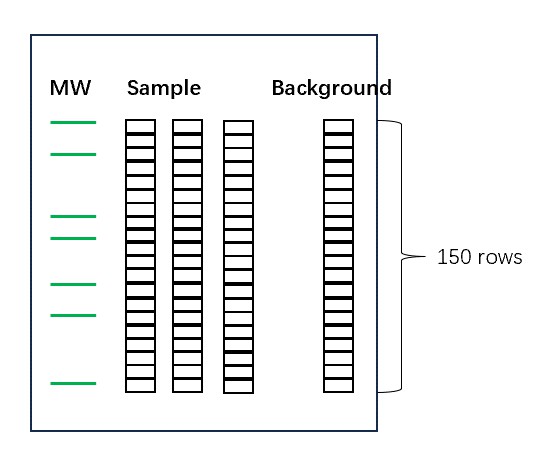Telomeres are repetitive sequences of DNA that protect the ends of chromosomes from degradation and fusion with other chromosomes. The integrity of telomeres is vital for maintaining genomic stability and preventing chromosomal aberrations. Analyzing plant telomere integrity provides essential information about the susceptibility of telomeres to degradation and the impact of various factors on telomere stability.
Lifeasible, a renowned company specializing in biological analysis, offers comprehensive services for assessing plant telomere integrity. With years of expertise in the field, we provide state-of-the-art techniques, including telomere restriction fragment analysis and southern blotting.
Telomere restriction fragment (TRF) analysis
Southern blotting
 Fig. 1 Telomere restriction fragment measurement by Southern blot analysis.
Fig. 1 Telomere restriction fragment measurement by Southern blot analysis.
Telomere integrity refers to the functional and structural stability of telomeres, which are repetitive DNA sequences located at the ends of chromosomes. Assessing telomere integrity in plants helps determine the health and age-related changes in their cells.
Lifeasible prioritizes customer satisfaction and strives to deliver exceptional services tailored to meet specific research needs. With a strong focus on quality, accuracy, and efficiency, we have established as a trusted partner for researchers worldwide. If you are interested in our services or have some questions, please feel free to contact us or make an online inquiry.
Lifeasible has established a one-stop service platform for plants. In addition to obtaining customized solutions for plant genetic engineering, customers can also conduct follow-up analysis and research on plants through our analysis platform. The analytical services we provide include but are not limited to the following:
STU-CRISPR System Improves Plant Genome Editing Efficiency
April 19, 2024
Application of Exosomes in Facial Beauty
April 12, 2024